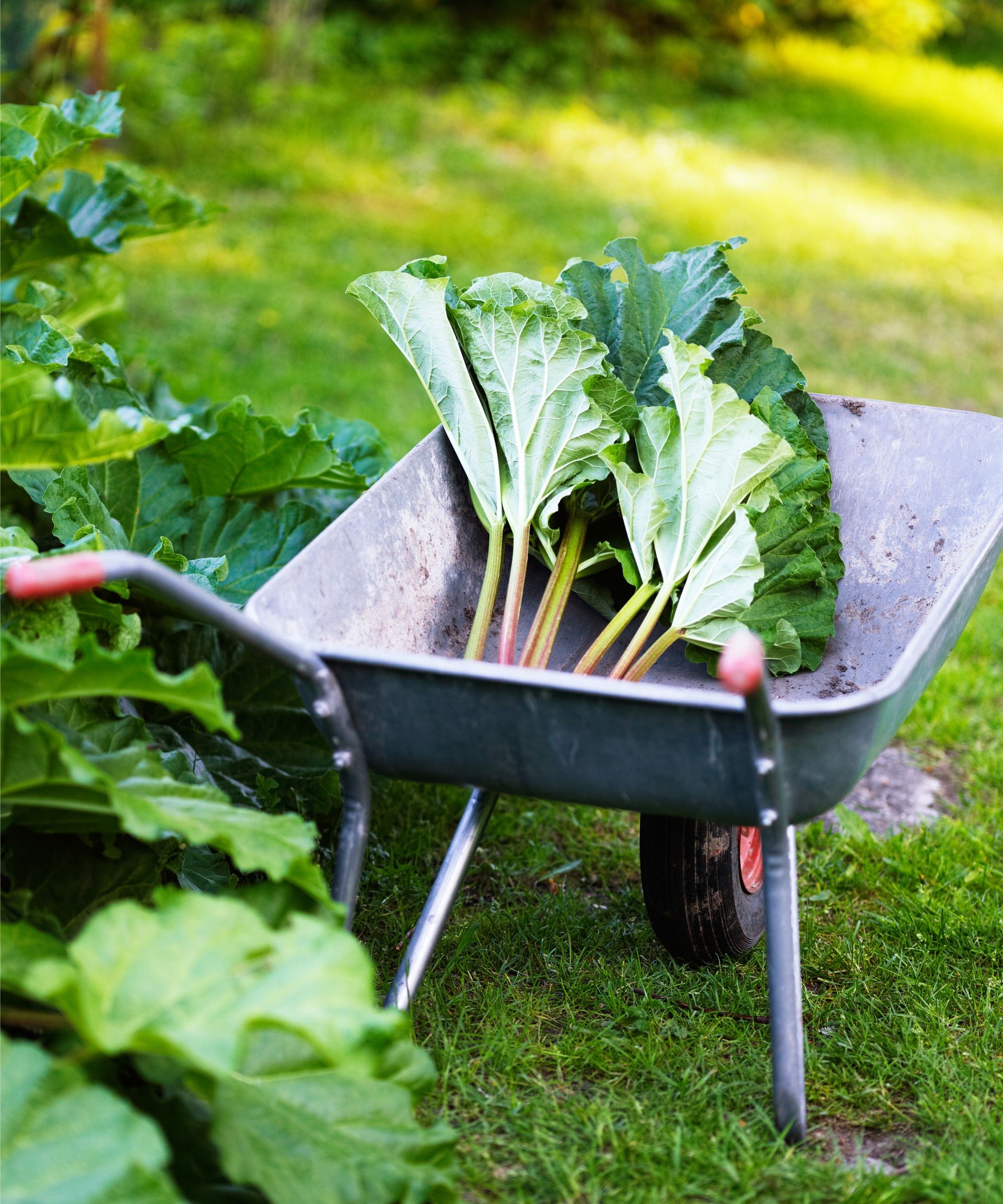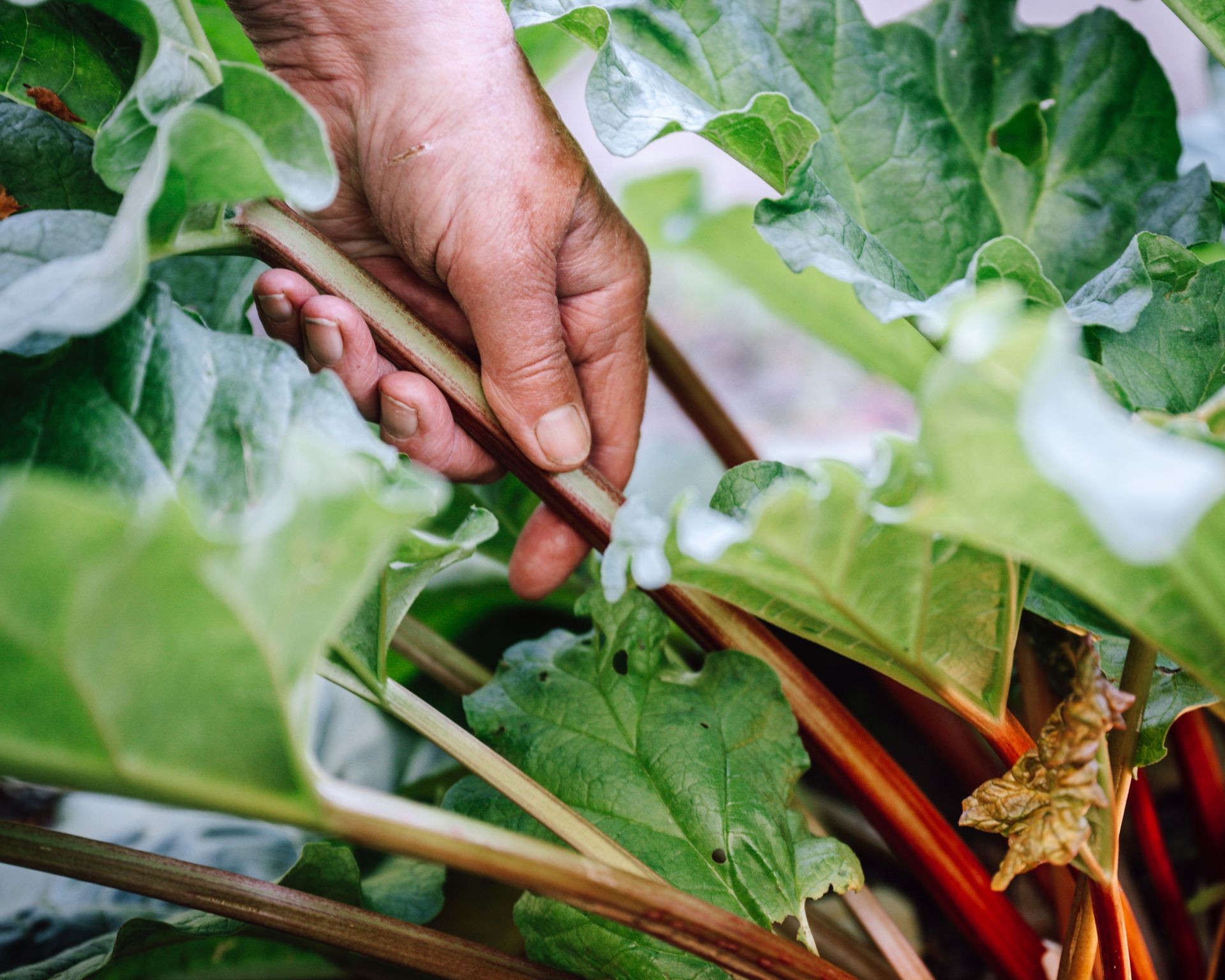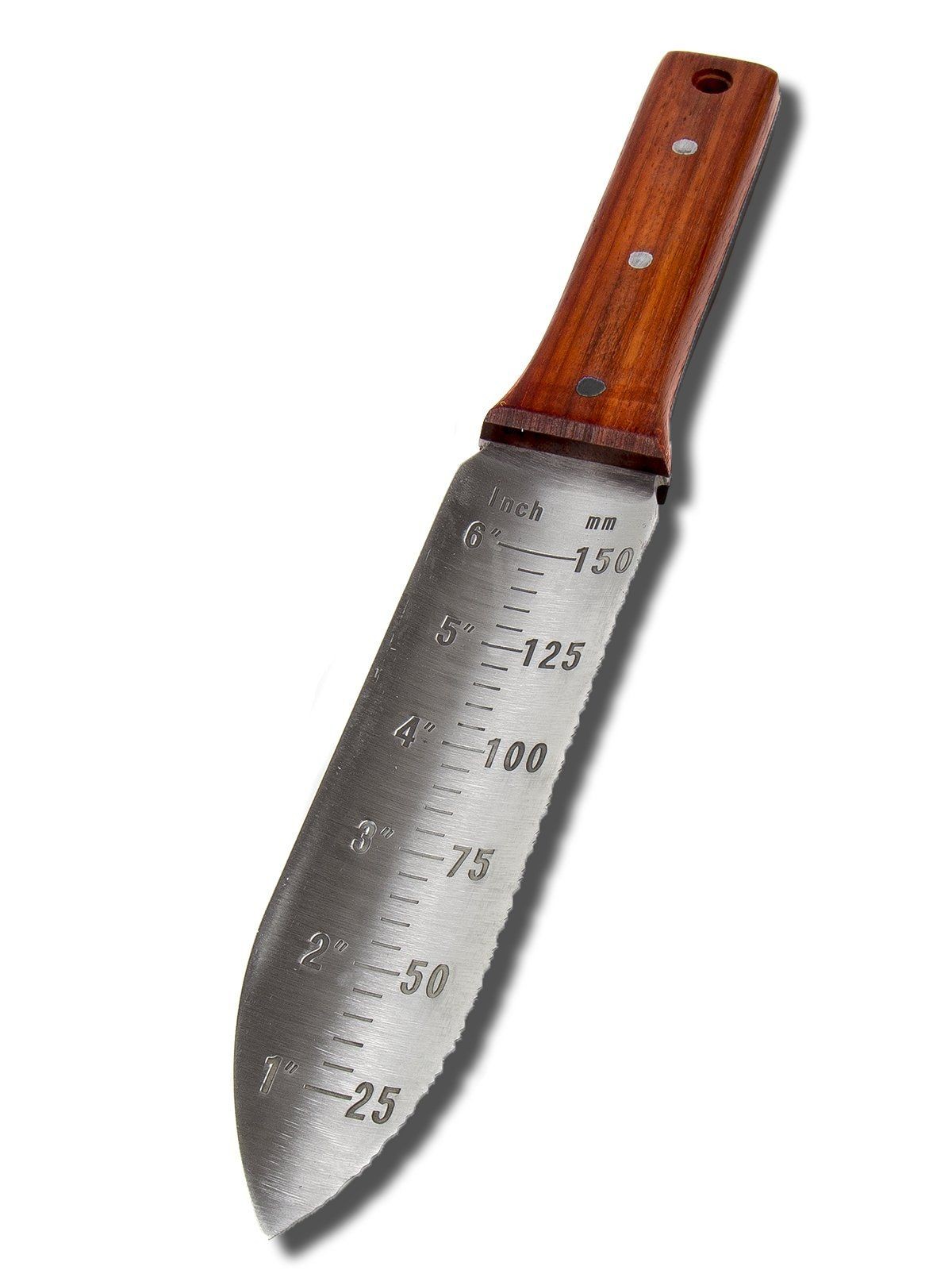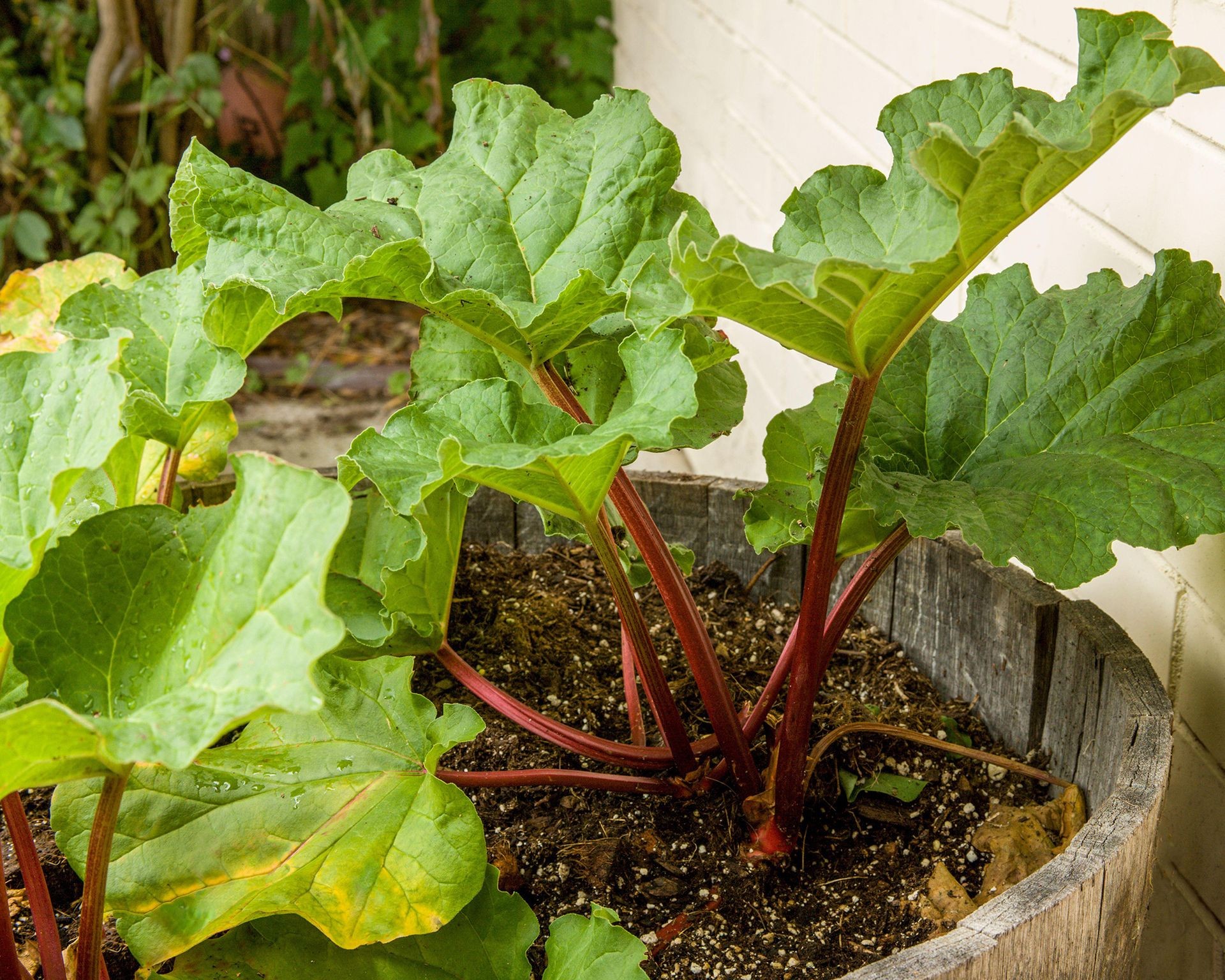No products in the cart.
NEWS
Mastering Rhubarb Harvest: When and How for Best Results
Nothing quite signals the start of warmer weather like the prospect of baking with fresh rhubarb, perhaps in a classic pie paired with strawberries. But to truly enjoy the rewards of growing this versatile plant, mastering when and how to harvest rhubarb is crucial. Proper harvesting techniques not only ensure you get the most flavorful stalks but also protect the health and longevity of your rhubarb perennial, promising bountiful yields for years to come.
Rhubarb (Rheum rhabarbarum) is a striking addition to any garden, offering large, dramatic leaves supported by the edible stalks, or petioles. These stalks range in color from vibrant red to soft green, depending on the variety. While the bold foliage adds an ornamental touch reminiscent of a hosta, it’s the deliciously tart stalks that are sought after for culinary uses like pies, tarts, sauces, and jams. However, an essential safety note: rhubarb leaves are poisonous and must never be consumed. Knowing the correct harvesting method is therefore vital for both taste and safety, ensuring you only gather the edible parts without harming yourself or your plant.
Understanding Your Rhubarb Plant’s Growth Cycle
To harvest rhubarb effectively, it helps to understand a little about how the plant grows. Rhubarb is a hardy perennial, meaning it lives for many years, relying on underground rhizomes to survive winter dormancy. In fact, a period of cold temperatures is necessary for the plant to break dormancy and initiate vigorous spring growth.
From the crown, located just below the soil surface, emerge the leaf stalks and foliage. A mature rhubarb plant can grow quite large, with leaves and stalks reaching heights and widths of 2.5 to 3 feet (76-91 cm). This robust growth is what provides the generous harvest.
It bears repeating: while the stalks are a nutritional source of vitamins (A, C), fiber, and minerals (potassium, phosphorus), the large leaves contain high levels of oxalic acid and soluble salts, making them toxic if ingested. Always handle the leaves with care and dispose of them properly after harvesting the stalks.
 Pile of fresh rhubarb stalks in a wheelbarrow after harvesting.
Pile of fresh rhubarb stalks in a wheelbarrow after harvesting.
Determining the Optimal Time to Harvest Rhubarb
Knowing when to harvest rhubarb is perhaps the most critical factor for achieving peak flavor and maintaining plant vitality. While rhubarb grows throughout the spring and into summer, there’s a prime window.
Generally, rhubarb season begins in mid to late spring, typically April or May, depending on your climate. Don’t rely solely on stalk color as an indicator of readiness; many excellent varieties are green even when perfectly ripe. Instead, look at the size of the stalks. When they reach about 10 inches (25 cm) in length, they are ready for picking. Stalks that are still thin or spindly should be left to grow further.
Equally important is knowing how much to harvest. To keep your rhubarb plant healthy and productive year after year, never harvest more than one-third of the stalks at any given time. Taking too many stalks can severely weaken the plant and may prevent it from recovering properly.
The main harvesting season usually lasts for about eight to ten weeks, generally concluding around late June or early July. Although it’s possible to pick some stalks until the first frost, it’s strongly recommended to significantly reduce or stop harvesting by mid-summer. This allows the plant to channel energy into its root system, building up the reserves needed to successfully overwinter and produce a strong crop the following spring. Over-harvesting late in the season can deplete these vital energy stores and jeopardize the plant’s survival.
When NOT to Harvest Rhubarb
Patience is paramount with young rhubarb plants. Do not harvest any stalks during the first two years after planting. This period is essential for the plant’s crown and root system to become fully established and develop the strength needed to support future harvesting. In the third year, you can typically enjoy a short harvest period, perhaps lasting about a month. From the fourth year onwards, your rhubarb plant should be mature enough to handle the full eight to ten weeks of harvesting each spring.
Techniques for Harvesting Rhubarb Stalks
Once you’ve identified the ready stalks, you can choose between two simple methods for harvesting.
Method 1: Cutting
Using a sharp, clean knife or garden shears, make a clean cut right at the base of the stalk, as close to the crown as possible. Cutting at the base, rather than midway up the stalk, helps the plant heal cleanly, reducing the risk of diseases entering through an open wound. This method offers precision and is gentle on the plant’s crown.
Method 2: Pulling
Many gardeners prefer the pulling method, which requires no tools and is often considered the gentlest on the plant. Grasp a ready stalk firmly at its base. Then, with a slight twisting motion, gently pull the stalk away from the plant’s crown. It should detach with a clean break at the base. This method often seems to encourage the plant to release the most mature stalks naturally.
 Hand demonstrating how to pull a rhubarb stalk from the plant base.
Hand demonstrating how to pull a rhubarb stalk from the plant base.
After harvesting the stalks using either method, immediately cut off the large, toxic leaves and discard them safely. Do not leave them where children or pets could access them. Composting the leaves is an option, but ensure the compost pile is hot enough to break down the oxalic acid or that they are buried deep within the pile.
Keep an eye out for flower stalks emerging from the center of the plant – this is called bolting. If you see a flower stalk, cut it off immediately at the base. Bolting diverts the plant’s energy away from producing edible stalks and towards flowering and setting seed. Removing the flower stalk encourages continued stalk production and helps maintain stalk quality, as bolting can sometimes make the stalks tougher and less flavorful.
“Harvesting rhubarb is a gentle dance with the plant’s energy cycle,” shares Dr. Anya Sharma, a horticultural scientist contributing to Biogarden.asia. “Whether you cut or pull, the key is a clean, low detachment that respects the crown, ensuring the plant rebounds quickly and continues to provide nutrient-rich stalks throughout the season.”
 Gardener holding a useful garden knife for harvesting rhubarb stalks.
Gardener holding a useful garden knife for harvesting rhubarb stalks.
Storing Your Rhubarb Harvest
Once harvested, your rhubarb stalks can be stored to maintain their freshness. Start by washing or wiping down the stalks with clean water to remove any soil or debris.
For short-term storage, place the cleaned stalks in a plastic bag or wrap them tightly in plastic wrap and store them in the crisper drawer of your refrigerator. They will typically remain fresh and crisp for two to four weeks.
For longer storage, rhubarb freezes very well. You can chop the stalks into desired lengths and freeze them raw in airtight bags or containers. Another popular method is to cook the chopped rhubarb down into a sauce or compote before freezing. This pre-cooked form is often ready to use directly in recipes.
 Vigorous rhubarb plant growing in a large pot or container.
Vigorous rhubarb plant growing in a large pot or container.
Conclusion
Successfully harvesting rhubarb is a rewarding part of the gardening year. By paying attention to the plant’s signals – primarily stalk size and the timing within the spring season – and using the correct cutting or pulling techniques, you can enjoy abundant harvests while ensuring the long-term health of your perennial. Remember to always handle the leaves with caution due to their toxicity and to allow young plants time to establish before harvesting. Armed with this knowledge on when and how to harvest rhubarb, you’re now ready to step out and gather those delightful stalks for your favorite spring recipes. We hope this guide from Biogarden.asia proves helpful in your gardening journey!



